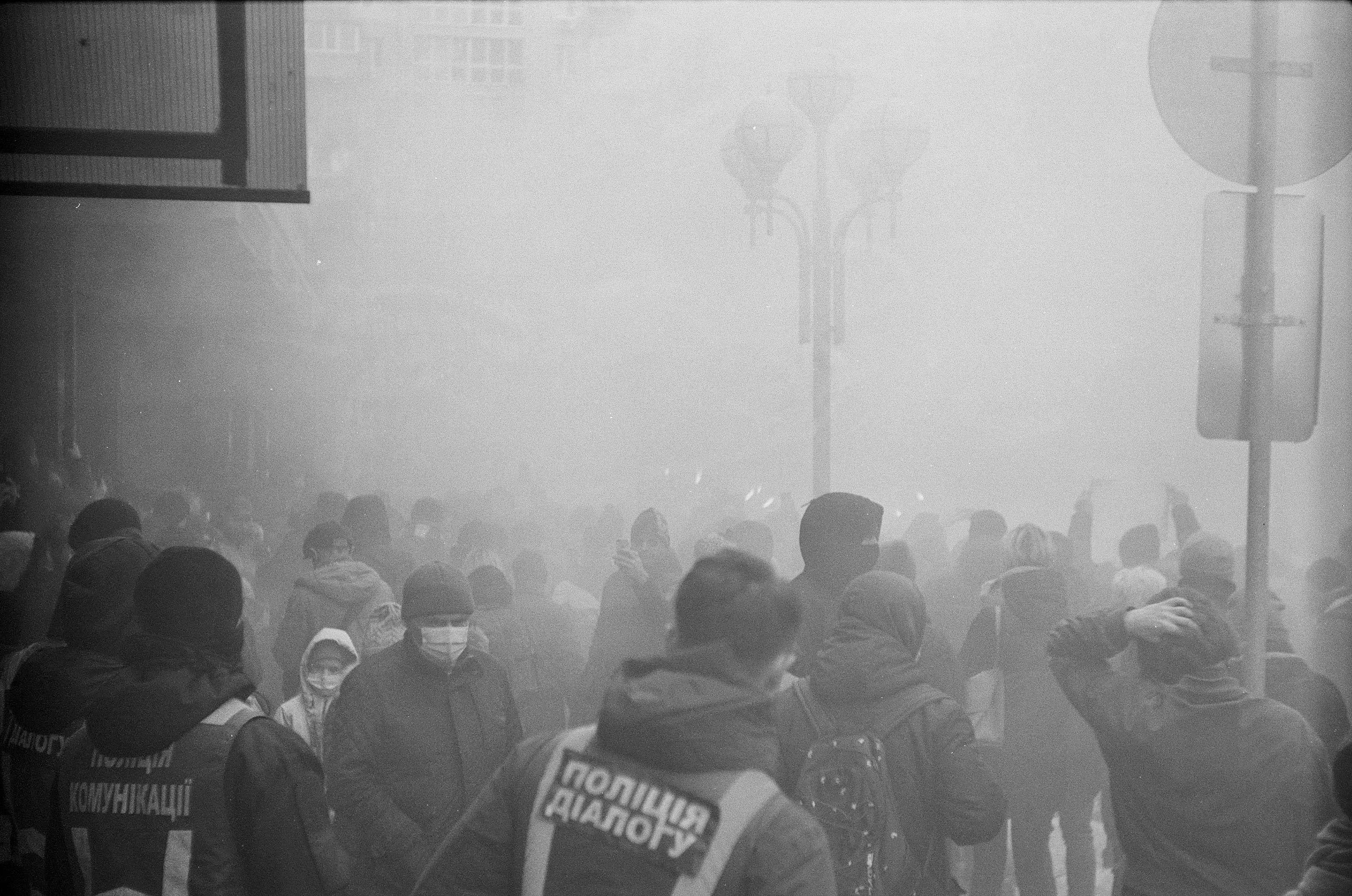系列文章
- react 中的状态管理(一)——社区状态管理方案浅析
- react 中的状态管理(二)——los 的核心 api 设计
- react 中的状态管理(三)——响应系统原理
- react 中的状态管理(四)——实现 los 状态注册和响应系统
- --> react 中的状态管理(五)——实现 los 其余主要 api
- react 中的状态管理(六)——扩展 los 的 api
在 上一篇文章 中,我介绍了 los 中状态注册和响应系统的实现。在本文中,我会介绍剩余主要 api 的具体实现,包括不缓存的 atom、reducer 的使用,以及在 queryFn 中注册状态。
不缓存的 atom
通过给 atom() 方法传入 cached = false 的配置项,使得当全局没有该原子状态的订阅者时,los 可以重置该状态的值。
const atomState = atom({
defalutValue: 1,
cached: false,
})
判断一个原子状态有多少订阅者,就是看其 bucket 中有多少个 subscribeFn。而增减 subscribeFn
的逻辑是写在每个 atom 的 subscribe 方法中的,所以这个判断就是在 subscribe 中执行。
const atom = <T, Action = void>(
config: {
defaultValue?: T;
reducer?: LosReducer<T, Action>;
cached?: boolean;
}
): Atom<T, Action> => {
const { defaultValue, reducer, cached = true } = config ?? {};
const atomItem = atomItem = new Atom({ defaultValue, reducer, cached });
const bucket: Bucket = new Set();
const subscribe: Subscribe = (subscribeFn: SubscribeFn) => {
bucket.add(subscribeFn);
return () => {
bucket.delete(subscribeFn);
// 每次移除订阅者后,判断是否所有订阅者全部被移除,是的话就重置状态值
if (bucket.size === 0 && !atomItem.cached) {
store.set(atomItem, {
...store.get(atomItem),
// atomItem 中一直存储着声明该状态时的默认值,在这里将 store 中的值重置为此值
value: atomItem.defaultValue,
})
}
};
}
// atom() 中其它逻辑
// ...
}
按理说只要有对 store 中原子状态 value 的更新操作,后面就应该立马遍历 bucket 中的 subscribeFn 推送更新,只有这里是例外,因为此时 bucket 已经空了。
useLosDispatch
声明了 reducer 方法的原子状态,可以通过 useLosDispatch 来使用对应的 dispatch 方法。同 useSetLosState 一样,useLosDispatch 也不是真正的 hook,所以我们先实现 losDispatch:
type LosDispatch<Action> = (action: Action) => void;
const losDispatch = <T, Action = void>(atomItem: Atom<T, Action>): LosDispatch<Action> => {
if (!atomItem.reducer) {
throw new Error('请为 atom 添加 reducer 后再使用 dispatch');
}
return (action) => {
const currentState = store.get(atomItem);
// reducer 在 atom() 中被存入了 Atom 里,这里为 store 赋值为 reducer 函数的返回值
const newValue = atomItem.reducer(currentState.value, action);
if (!Object.is(currentState.value, newValue)) {
store.set(atomItem, {
...currentState,
value: newValue,
})
// 设置值后推送视图更新
currentState.bucket((subscribeFn) => subscribeFn());
}
};
};
其实可以看到,在任何对状态的设置的方法中,在设置完状态的新值后,都需要向视图推送更新,所以我们可以将这两步封装成一个方法,在每个更新状态的方法中调用。
const updateAtom = <T, Action = void>(atomItem: Atom<T, Action>, newStoreItemValue: Partial<StoreItemValue>) => {
const { value } = newStoreItemValue;
const currentState = store.get(state);
if (!Object.is(value, currentState.value)) {
store.set(atomItem, {
...currentState,
value,
})
currentState.bucket((subscribeFn) => subscribeFn());
}
};
上面的 losDispatch 就可以重构为:
const losDispatch = <T, Action = void>(atomItem: Atom<T, Action>): LosDispatch<Action> => {
if (!atomItem.reducer) {
throw new Error('请为 atom 添加 reducer 后再使用 dispatch');
}
return (action) => {
const currentState = store.get(atomItem);
// reducer 在 atom() 中被存入了 Atom 里,这里为 store 赋值为 reducer 函数的返回值
const newValue = atomItem.reducer(currentState.value, action);
updateAtom(atomItem, newValue);
};
};
setLosState 方法也可以同样使用 updateAtom 进行重构。
最后我们再为 losDispatch 赋一个别名:
const useLosDispatch = losDispatch;
initLosState 实现思路
initLosState 其实实现与 setLosState 非常相似,只是 initLosState 仅可被执行一次。
所以我们需要为 store 每个 atom 的信息中添加一个 hasInit 的 flag,默认为 false:
interface StoreItemValue {
/* 原子状态的最新值 */
value: any;
/* 依赖收集桶 */
bucket: Bucket;
/* 订阅方法 */
subscribe: Subscribe;
/* 是否完成了初始化 */
hasInit: boolean;
}
然后在 initLosState 中判断 hasInit 的值,只有为 false 才执行接下来的逻辑,并且执行完将 flag 设置为 true 即可。
除了 initLosState,setLosState 和 losDispatch 中在更新值时,也需要无脑把 hasInit 设为 true,因为当一个状态已经开始更新值了,那它肯定已经是初始化完成的状态了。
总结
本文介绍了围绕 atom 的其它一些主要功能的实现,在 下一篇文章 中,我会介绍除了 atom,我还为 los 开发了哪些 api,以及它们的实现思路是怎样的。

